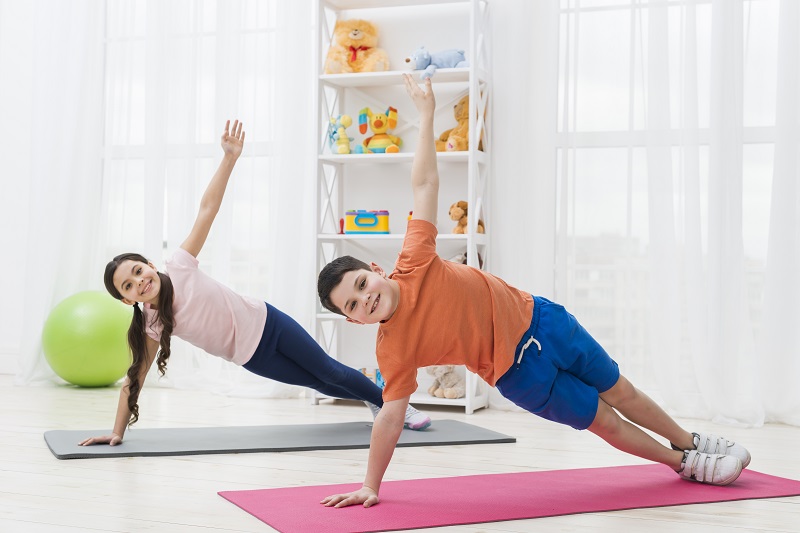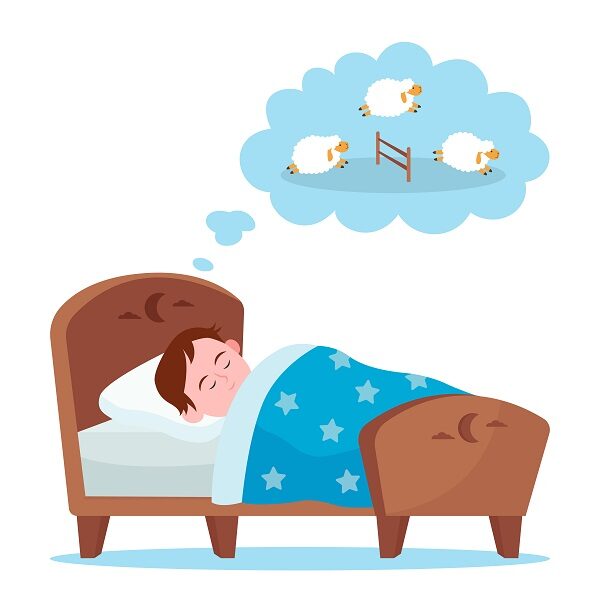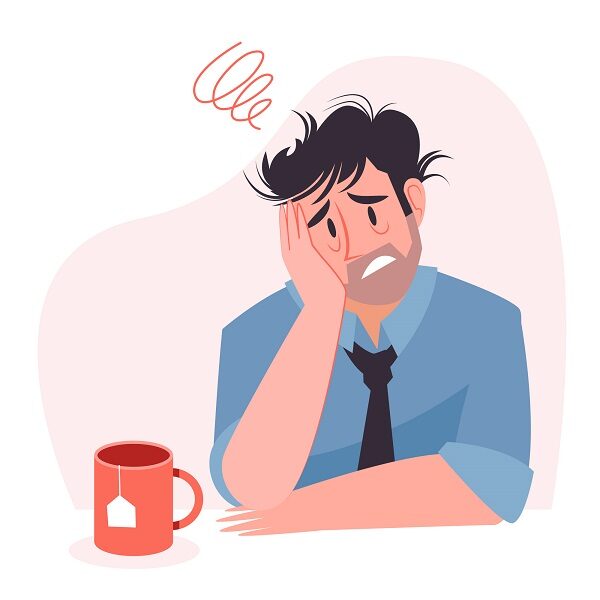
Brain Gym Exercises
290
Brain Gym exercises, also known as Educational Kinesiology, are a series of movement-based activities designed to stimulate the brain and enhance learning and cognitive abilities. These exercises can be beneficial for children with special needs by promoting coordination, focus, sensory integration, and overall brain function. Here are some Brain Gym exercises that can be helpful for children with special needs:
- Cross Crawl: Have the child stand up and touch their right knee with their left hand, then their left knee with their right hand. Repeat this alternating movement for a few minutes. This exercise helps integrate the left and right sides of the brain and promotes coordination.
- Hook-ups: Ask the child to sit down, cross their ankles, and interlace their fingers together. Then, have them pull their hands apart while breathing deeply. This exercise helps reduce stress and anxiety and improves concentration.
- Lazy 8s: Have the child draw a horizontal figure-eight shape (∞) in the air using their finger or with their whole arm. Encourage them to trace the shape slowly and smoothly. This exercise promotes eye tracking and coordination.
- Brain Buttons: Ask the child to place their thumbs on their temples and their fingertips on their cheeks. Apply gentle pressure while they breathe deeply. This exercise stimulates blood flow to the brain, enhancing focus and attention.
- Double Doodle: Provide the child with two markers or crayons and encourage them to draw symmetrical patterns or shapes using both hands simultaneously. This activity promotes bilateral coordination and supports the integration of the two hemispheres of the brain.
- Earthquake: Ask the child to stand with their feet hip-width apart and gently shake their body from side to side, allowing their arms to sway. This exercise helps release tension, improves body awareness, and supports sensory integration.
Remember, it’s essential to adapt and modify these exercises based on each child’s abilities and needs. It’s also recommended to seek guidance from professionals such as occupational therapists or educators trained in Brain Gym techniques to ensure the exercises are suitable for the child’s specific requirements and goals.




